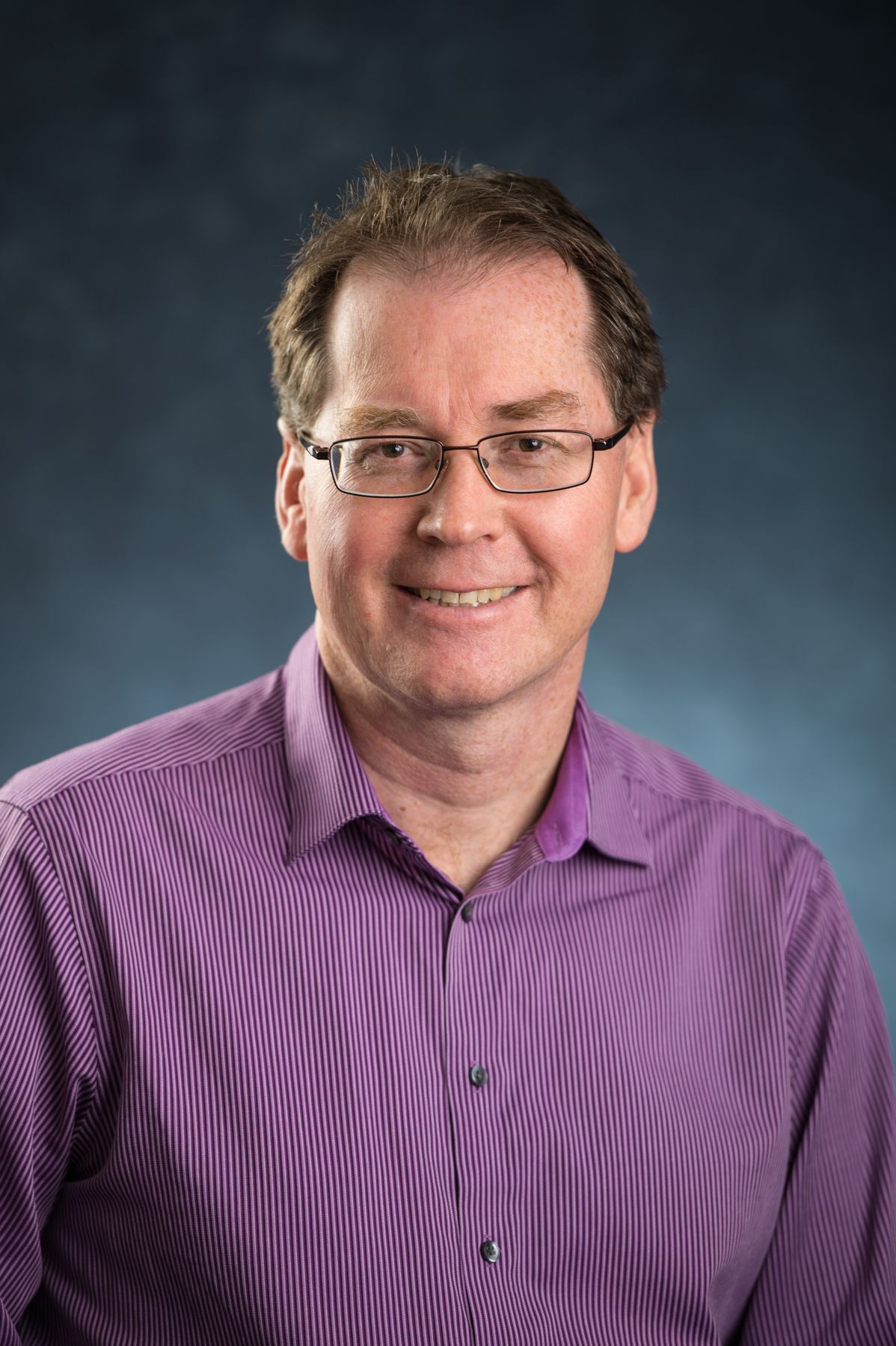Magnetic Resonance and Magnetic Resonance Imaging of Fluids in Porous Media
OR
About the Course
SPWLA members, view the course for free!
Magnetic Resonance is very well known as a logging tool in the petroleum industry. There is however a long parallel history of MR laboratory core analysis, including Magnetic Resonance Imaging (MRI) studies. In this lecture we will explain spatial encoding and contrast in MRI images of use in the petroleum industry. Knowledge of the MR signal lifetimes is critical since they control the contrast in MRI studies.
Practical MRI measurements in laboratory core analysis must rely on a well-controlled contrast for quantitative results, yet this is all too commonly ignored. Common MRI methods employed include the SPRITE measurement with T2* contrast for fluid content measurement, and the Spin Echo SPI method with T2 contrast for T2 distribution mapping. Usage of these MRI methods (both developed at UNB), and related MR relaxation methods, will be shown in core analysis studies and laboratory studies of core flooding.
In addition, we will discuss new generation MR/MRI measurements based on a variable field superconducting magnet. The variable field magnet permits one to control susceptibility effects in 1H measurements. But the higher field available with the variable field magnet also permits viable measurement of 23Na and 13C in petroleum systems. Relaxation time measurements and imaging with this instrument will be discussed.
Your Instructor

Dr. Bruce Balcom is a Professor of Physics at the University of New Brunswick in Canada. He is the author or coauthor of more than 250 research papers and has more than 35 awarded patents. Many of these patents are licensed or assigned to Green Imaging for use in petroleum MR/MRI instruments. Dr. Balcom is well known for developing MR/MRI measurements for application to studies of fluids in porous media. During his 32 years at the University of New Brunswick he had three successive 7 terms as a Tier 1 Canada Research Chair and was awarded an NSERC Steacie Fellowship.
